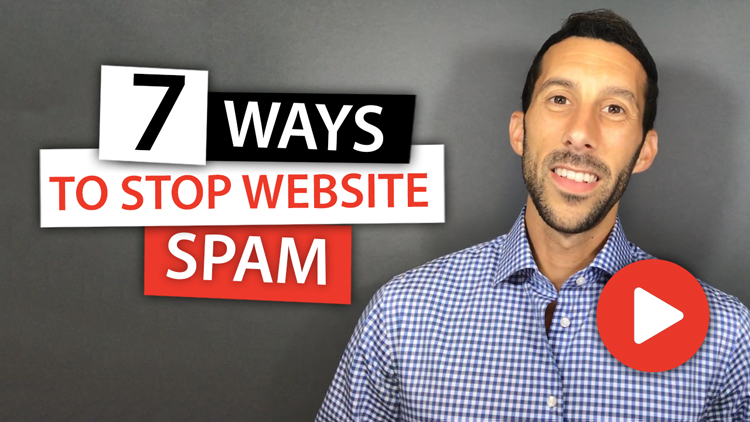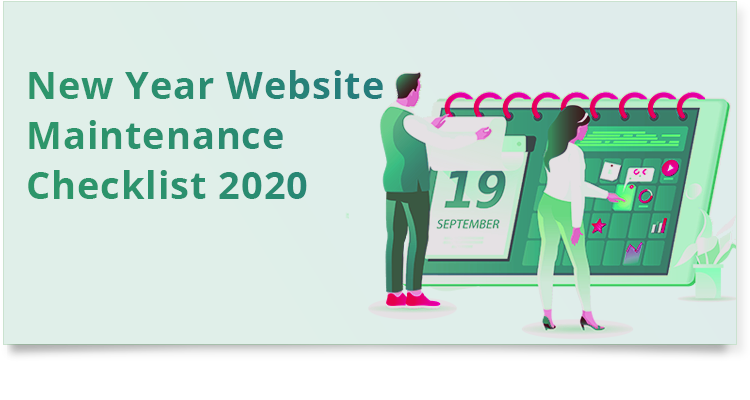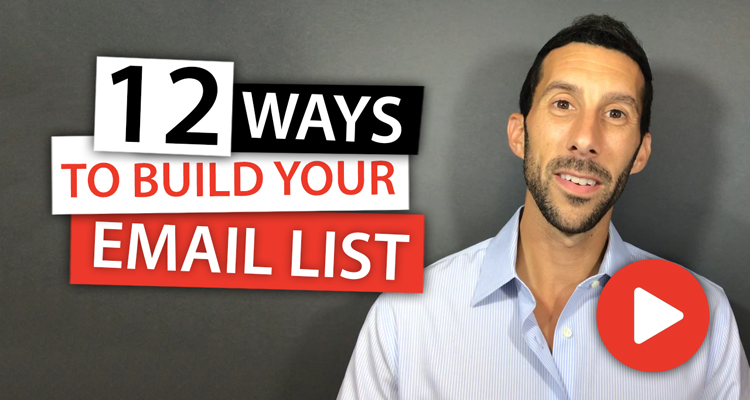No one likes spam. And if you have a website, you’re subject to receiving more spam than the ordinary email user. In fact, 48% of all emails sent are spam. On top of that, America is actually the worst culprit when it comes to spam. And again, if you have a website, your odds of receiving spam are significantly higher. That’s why in this article I’m going to go over 7 ways to stop spam emails from your website.
- Keep your domain private. You may not realize this but when you registered your website’s domain name (the www.YourName.com), if you didn’t make it private then your email address is public record. All domain names have a record where your email address is on file and can be looked up by anyone in many cases for free. So you may want to either make your domain name private, which means your email is not available on the public record. Or change your email on file to one you don’t mind having spam being sent to.
- Use CAPTCHA on your forms. Adding a CAPTCHA to your forms is a great way to prevent spam bots from filling out your website’s forms and sending your spam. If you’re not sure what a CAPTCHA is, it’s a challenge question or image to verify that you’re actually a human fill out a form online. Of course, this only works on bots (computer programs that find websites and automatically fill out forms on them), but that can stop a significant amount of spam.
- Use a honeypot. So what’s a honeypot? A honeypot is a hidden question on your online form, that when it gets filled out you know it was a spam bot that filled out the form. The reason you know it’s a spam bot because the hidden question is not viable on your website but can be viewed in your code and spambots can only look at the code. So you’re sort of attracting the spam bot in with honey and then if that question gets filled out you can have your site ignore the form submission so that you don’t get the spam.
- Prevent email harvesting. If you list your email address on your website, chances are it’s being harvested by email spam bot programs. What these programs do is scour the Internet for websites that list an email address. Then they collect the email and later on someone sends out spam to it. There are a few ways to prevent this. One way is to not list your email on your website. But that might not work for everyone, as it prevents people from reaching your. So there are a number of ways to have your email on your website and not have it picked up by these bots. One is to replace your email with an image of your email. Since these bots can only read text they won’t be able to read your email address, and humans can still see it. Another alternative to that is to use code to disguise the email, so when a bot looks at your website they just see the disguised code and can’t decipher what it says. But when viewed from an Internet browser, it shows up as your email address to humans.
- Use Akismet or something similar. Akismet is a service that can prevent spam comments and spam form submissions. They maintain a list of bad actors and block or prevent them from filling out your forms. There are a number of other similar services out there that do the same. This is a great non-invasive way to cut back on some of the spam your getting. To use Akismet or one of these other services, you’ll need a website designer, such us, Gallagher Website Design, to implement the code onto your website.
- Block bad countries. Unfortunately, there are some countries that seem to have a lot of bad actors. If your website’s audience is primarily only US-based or a few countries, then you may want to block all other countries from viewing your website. This would block those back actors in other countries from ever getting to your website in the first place.
- Disallow bots. Another way to prevent spam bots from sending you a bunch of spam wither through forms on your website or by picking up your email on your website is to disallow bots from viewing your site. There are a number of ways to do this with code. The unfortunate thing is though that some bots can get around this by spoofing they are not a bot. But this method would still cut down on some spam.
If you have any question about how to get started or want some more specifics on any of the above points I mentioned, use our free evaluation link below.







0 Comments